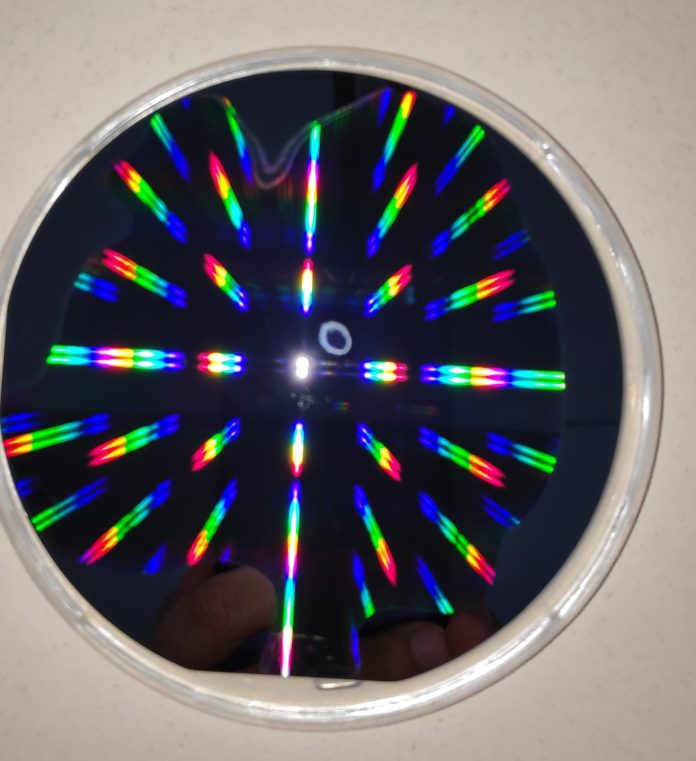Researchers in Germany have conducted a series of numerical simulations to assess how photonic crystals may increase the efficiency of interdigitated back-contact solar cells based on a passivating electron-selective n+-type polysilicon on oxide (POLO) junction at the minus contact of the cell and a hole-selective p+-type POLO junction at the plus contact.
Photonic crystals are periodic dielectric structures that are ideal for light-harvesting applications in photovoltaics, as they have a bandgap that forbids propagation of a certain frequency range of light, which increases the photon path length, especially for high wavelengths.
“The ‘practical efficiency limit’ of silicon single-junction cells with poly-Si on oxide contacts for both polarities – best placed on the rear side to minimize shading and parasitic absorption – is over 27%,” Robby Peibst, the research project’s corresponding author, told pv magazine. “The improved light trapping promised by photonic crystals could enable even higher efficiencies.”
The simulated cell was assumed to rely on a standard wafer thickness of 150 μm and the scientists found it may achieve an efficiency of over 28% under normal incident light. “Since Maxwell equations predict the formation of optical modes parallel to the surface, the optics are rather independent of the wafer thickness,” Peibst explained. “The latter could therefore be reduced strongly, which also reduces extrinsic and intrinsic recombination losses in the wafer.”
The German group also investigated how improving the hydrogenation process of the POLO junctions by a rear-side dielectric layer stack made of aluminum oxide and silicon nitride (Al2O3/SiNx/Al2O3) may further raise the device’s efficiency for the same standard thickness. This configuration was found to have the potential to reach an efficiency of up to 29.1%. “Even without photon crystals, an efficiency potential of 27.8% is predicted for the improved surface passivation quality on 150 μm-thick wafers,” the scientists stated.
“The transfer of the concept of photonic crystals into PV is at a very early stage,” Peibst explained. Although there is no doubt of the Maxwell equations and photonic crystals have already been commercialized for other applications, their benefit has not been demonstrated so far at the solar cell level, he added. “We are now planning to investigate concerns like angular dependency and the effect of spectral variations experimentally.”
According to him, another important step would be the development of an industrially feasible and cheap method for the fabrication of photonic crystals even on saw-damaged etched surfaces. “So far, photonic crystals are fabricated by various lithography techniques,” he stated. “However, their targeted size for application on the front side of solar cells of around 1-3µm is also realizable with other techniques that can be considered cheap enough for PV.”
As for the cost of solar cells based on photonic crystals, it would be the same as for high-efficiency premium cells. “The costs are so far higher than for standard PERC modules, but they can probably come down further by scaling effects, and in particular by emerging inexpensive metallization schemes such as non-alloying Al pastes for contacting of the poly-Si,” Peibst added, noting that these cells may find ideal applications in rooftop solar and vehicle-integrated photovoltaics.
The solar cell was introduced in the study Towards 28 %-efficient Si single-junction solar cells with better passivating POLO junctions and photonic crystals, published in Solar Energy Materials and Solar Cells. The research group includes scientists from the Leibniz Universität Hannover and the Institute for Solar Energy Research Hamelin (ISFH).






